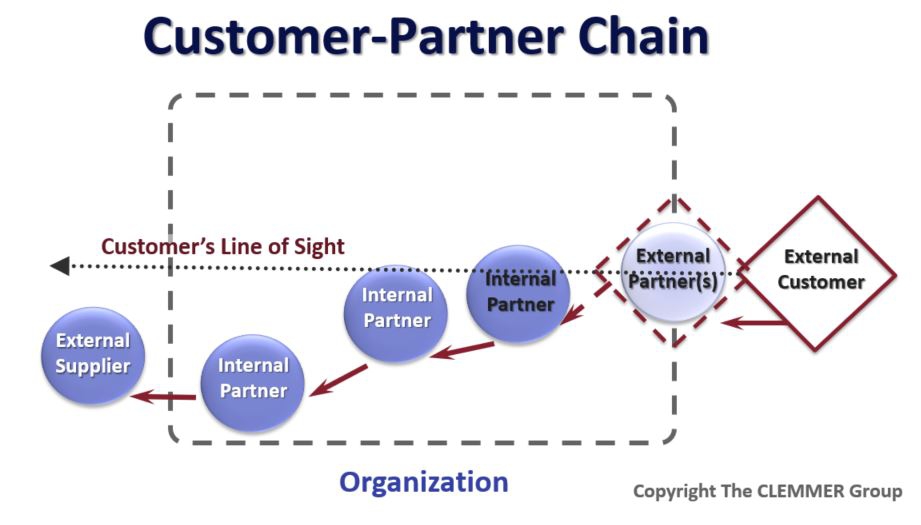
The International Women’s Day 2019 campaign theme is #BalanceforBetter, a call for action that asks employers around the world to take a new and closer look at how their employee culture celebrates success and nurtures leadership in the women in their employ.
What is #BalanceforBetter all about?
This year’s campaign is focused in on, as you probably guessed, gender “balance,” with the aim of having success become balanced across gender lines.
“Balance is not a women’s issue, it’s a business issue. The race is on for the gender-balanced boardroom, a gender-balanced government, gender-balanced media coverage, a gender-balance of employees, more gender-balance in wealth, gender-balanced sports coverage …
Gender balance is essential for economies and communities to thrive.”
— https://www.internationalwomensday.com/Theme
How balanced are we now?
The good news, is that we’re doing better and better. Here’s some encouraging pieces of information:
- In the wake of an Ontario Municipal Election that saw an increase in women running (27% of candidates) AND elected to council seats, we have a measurable achievement toward balance that is worth celebrating!
- The even better news is that Municipal government can bring women and their voices to the table in other powerful ways – both by applying a gender lens to community engagement and by looking within at how we engage and support our female employees.
- The best news of all is that 84% of respondents said that their company supports women in leadership, and the same percentage say their company culture allows women to succeed.
Let’s talk about #3 for a second.
Women are reporting that their company supports and allows women to succeed, but the reality is still that significantly more men are sitting in powerful leadership positions than are women; Just 8.5% of the highest-paid positions in Canada’s top 100 listed companies are held by women. So what’s going on?
At the core, the problem is this: we’re expecting women to act like men in the workforce.
Organizations have a hard time recognizing leadership potential in women, women play full-out to “not fail” as opposed to “winning” and often express dissenting views in more diplomatic and therefore less impactful ways.
What a girl wants
As leaders in our communities, municipal offices have the opportunity (and responsibility) to set the standard for supporting women in leadership.
So what do women want? Luckily, we already know!
A 2017 KPMG study asked women to rate the most important aspects of supporting and preparing women to pursue leadership roles. Here’s what their top 5 results were:
- leadership training (57%)
- confidence-building (56%)
- decision-making (48%)
- networking (47%)
- critical-thinking (46%)
In KPMG’s 2019 study, women leaders were asked what they most needed from their employers:
- More training opportunities (41 percent)
- Encouraging mentorship (33 percent)
- More flexibility for employees to be able to take risks (28 percent)
Our key takeaway from these studies?
Leadership and confidence development are the missing elements that can hold women back from seeking and securing advancement.
So where do we start?
Many organizations have done away with generic gifts such as that set of four glasses, logo etched desk items or the standardized framed photo in favour of personalized “Thank You’s” based on the interests of the recipient. Employees, in turn, feel more respected and valued when they receive something that they actually want.
So how can we identify the best recognition ‘gift’ for those willing to take on additional responsibilities or a new role?
KPMG just told us.
In the spirit of #BalanceforBetter, here are 5 fabulous, empowering ways to celebrate your women leaders!
1. Review what you do to promote your female staff members from within.
Organizations around the world are struggling with this key metric of success: leadership development. A good place to start is by looking inside your municipality for those people with the top factors in leadership potential—those traits or attributes that make them the best people for the job.
According to Egon Zehnder, the first factor is having the right motivation: a commitment to working as a team to move the municipality forward. The other 5 predictors are:
- Curiosity
- Insight
- Engagement
- Determination
- Inclusiveness
It can be easy to get distracted from focusing on leadership potential, and instead to promote people who have been there the longest, who work the hardest, or who are daring enough to ask for it. These things make a great employee, but not necessarily a great leader.
Personalize this gift:
Develop an individualized plan of personal and professional development for those you identify that are strong in 3 or more of those factors.
This can be as formal as a path or growth map developed in your HR system, that measures results orientation, strategic orientation, collaboration and influence, team leadership, developing organizational capabilities, change leadership, and market understanding.
Or, it may be as informal as consciously bringing those candidates into discussion (“We are playing with this idea and would love your feedback.”), or sharing opportunities more proactively (“This training is available and I think it would be very rewarding for you.”).
2. Help your women achieve the mindset and communication and leadership skills that allow them to advance with confidence and resilience.
Consistently, we have seen that women need to evolve their own leadership style and develop skills that support their advancement. The reality is that this is true of men, too, we just do a better job of supporting and validating their natural leadership style.
Women often have a harder time advocating for themselves and asking for their voice to be heard. They’re more likely to want to hear what everyone else has to say, and to want to find and create solutions that feel like a positive and effective compromise.
To help them to nurture their strengths, and build new ones, municipalities can provide powerful leadership trainings. In doing so, we’re not only helping our leaders develop stronger leadership skills, we’re subtly telling women that we value and respect their unique leadership styles.
Personalize this gift:
Offer training in a range of key leadership and communication skills – so that women can increase their ability to be heard, express and defend their opinions, and make an impact.
3. Bring confidence-building workshops into the workplace through lunch-and-learns
Workshops or lunch-and-learns allow your people to grow where they are, alongside their co-workers, so that integrating these new skills into the workplace is more natural and comfortable. This can also allow you to establish better opportunities for networking and discussion among employees, and create a general shift in workplace culture.
Personalize this gift:
Build in some connection time so that women can explore and develop their understanding, build relationships and practice selling their ideas in a small group, lower stakes environment.
4. Institute formal mentoring, coaching and support systems
By formalizing a system of mentorship, mentoring becomes not only accepted, but expected. This could include assigning a mentor to an up-and-coming woman leader, building mentoring into the work schedule and designating an office or meeting space for mentoring.
In this way, not only can experience and history be shared, but through mentorship, we are able to reduce the fear of failure, combat Imposter Syndrome, and add perspective to the risk-taking that is inherent to advancement. These are all big ticket issues for many women wishing they could take on a bigger, more impactful role.
Personalize the gift:
Do some match-making to select the right mentor and train both mentor and mentee to understand how this relationship works. You may even want to facilitate a mastermind in your workplace or in your community.
5. Schedule in recognition and celebration
All this isn’t to say that recognition and thank yous are passé or somehow no longer of value! It’s absolutely still a powerful way of supporting your employees. If you don’t already have a system for recognizing your employees’ success and victories, consider scheduling in celebrations of your women leader’s achievements through your intranet or internal newsletter and at meetings.
Personalize this gift:
Work to identify key qualities, actions and attitudes that led to that success to inform and inspire the leader herself, as well as others who look to her as a role model. The more specific and clear we make our praise, the more valuable and inspiring it is.
Don’t forget…
Just as we all benefit from gender balance, so can both genders benefit from these suggestions. Men and women alike flourish in the context of appropriate promotions backed by training, mentorship, and recognition.
As we strive for #BalanceforBetter, everyone benefits.
(And, of course, you can still have cake on International Women’s Day!)
~~~~~~~~~~~~~~~~~~~
Guest Author: Cher Cunningham
Cher is a Leadership Confidence Coach who helps individuals transition into leadership roles by banishing anxiety, building confidence and resilience, and through communications, media, and presentation skills training. She offers a range of Workshops, Virtual Lunch and Learns, Speaking Engagements and group or 1:1 Leadership Confidence Coaching.
Find out more about how Cher supports women leaders at http://chercunningham.com.












.jpg)
.jpg)
.png)



